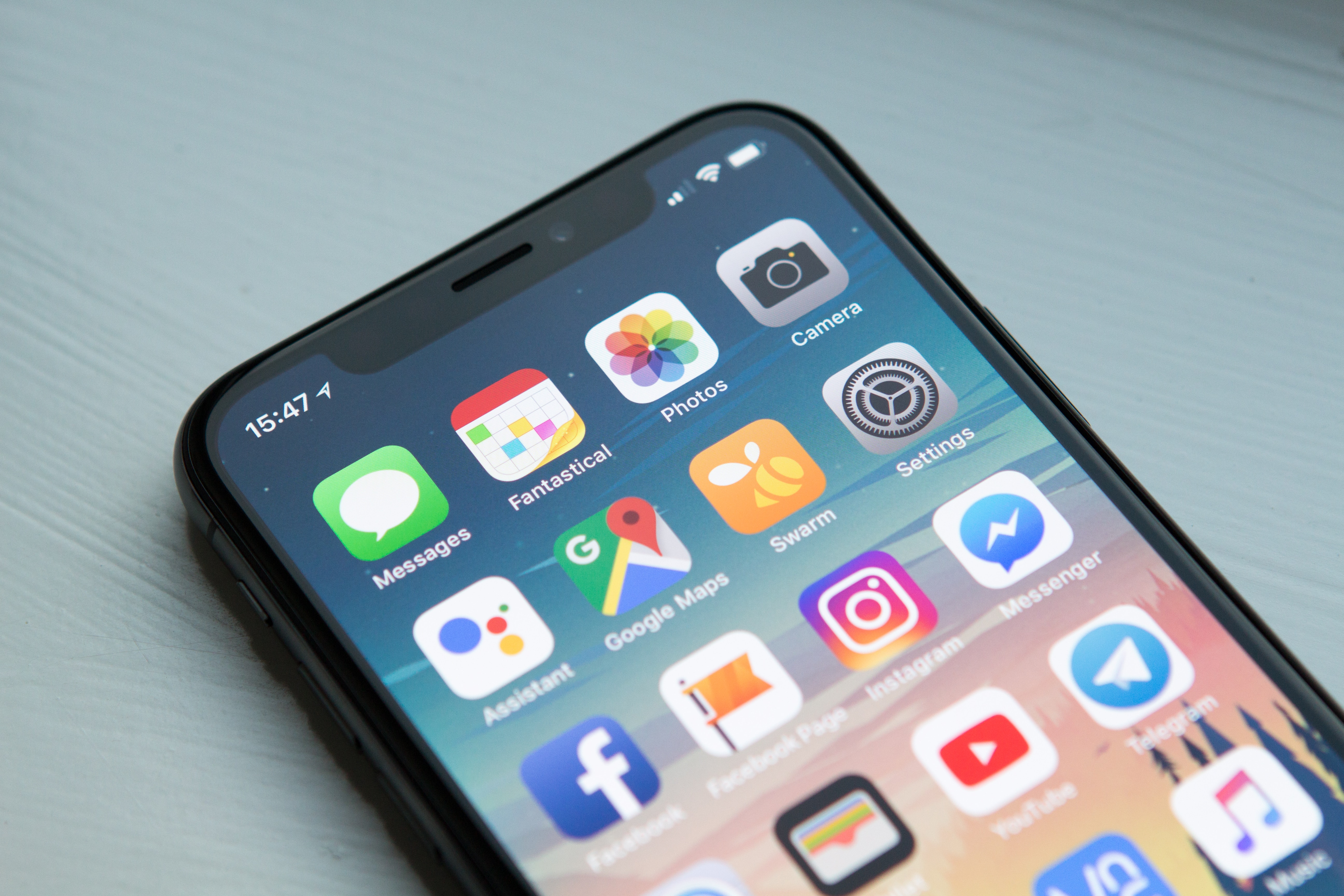
Nearly half of Americans spend five to six hours daily on their mobile devices, meaning that the channel is meant for organizations that want to get their message heard and seen.
Many local governments see statistics like this and think the best action is to employ an app that stays current with tech trends. Though the logic is sound, the approach can be flawed without a well-defined strategy. If cities want best-in-class government mobile apps that have effective outcomes, they must start by building a mobile strategy. Sometimes when organizations take advantage of mobile apps, they begin to enter app sprawl, where too many apps can be overwhelming and cumbersome for users and managers alike.
Usually, more is better, but that’s not always the case for city mobile apps. An example of a city that entered an App Sprawl era is New York City, (though the city is an innovator and leader in digital government services).
If a user were to visit the site, they would be met with an offering of 23 different apps for residents to download. Besides a large number of apps, it’s also a large amount of space a resident would need on their phone to store the apps. The average resident is not going to download 23 different apps to engage with their city.
In 2015, New York City decided to enhance its digital capabilities and provide easier access to government and community services and information. They created a 354-page strategic plan to help their agency understand the expectations and actions needed to improve their city’s digital capabilities. The strategic plan, stated, “Today, too much information is presented by individual agencies, which means residents must know the City’s organizational structure in order to discover relevant opportunities.” The same is true in so many cities, and stakeholders see it all the time. A more effective way to engage with residents is through one centralized app with access to information and services.

Any time an organization launches a stand-alone mobile app, there must be a process of building, deploying, and marketing. The steps can be conducted in-house or through a vendor. Many organizations in the public sector are shifting away from standalone apps to single mobile app frameworks, for an agile approach to pushing out local government services. Some key characteristics of innovative apps include the capability to test and manage development during the building and implementation stages.
Another component to consider during mobile app development is taking a unified position on digital transformation organization-wide. For example, if the mission and purpose of the mobile app are not explained thoroughly to residents and staff, the experience for app users and managers might be disjointed and smudgy. That’s precisely why marketing is the final and most integral step to a resident-facing app, residents can’t engage with channels if they don’t know they exist.
In the beginning days of digital transformation, a common digital solution for local governments included starting with a powerful CMS (content management system). Some municipalities would have a free for all approach, where many staff members edited the site, causing inconsistent messaging and voice. That method contributes to difficult-to-navigate sites, which leaves both the public and internal staff frustrated. When organizations don’t have thorough positioning and messaging about any digital solution development, there may be a chance for less preferable outcomes.
Bringing digital services to communities requires significant planning, and it’s even more tedious if organizations don’t have team support, which is why it’s critical to create a digital plan that includes a supported mobile app strategy.

A few important questions to ask before building a mobile strategy:
1. What services does your organization want to consider and evaluate for the mobile app?
As technology advances, residents’ expectations for accessing local government services increase. So – what services (pothole repair requests, public health, 311, trash, recycling, etc.) does your city provide access to? Are there digital channels to support these services in place already? Which services should local governments take priority?
2. Who is involved in the mobile app project? Who has the authority to approve new services?
It’s common for public sector agencies to have decision-makers across different departments for technologies, (city clerks, IT directors, city managers, etc.), and it’s essential to identify who should be involved in the project before digging in. Collaborate with other departments in your organization and residents, and have a conversation about what services are being most called in for, what departments would like relief from, and what residents would like to see in a resident-centric app. These sorts of conversations will lead to more informed decision-making.
3) What is the process of building and implementing mobile functionality?
IT departments notoriously have their plates filled by helping organizations troubleshoot, invest, and implement technologies. When organizations use mobile apps that are intuitive, staff of any technical level can embrace the technology without extensive IT training.
4) How will each app feature be managed?
Wearing many hats is no unusual feat for municipal staff, but clearly defining roles and duties for processes can help decrease the administrative burden and allow city staff to get back to other core missions. When building a municipal app, discuss within your organization delegations for maintaining the technology, managing interactions with residents, and promoting the city app overall.
How to get started with mobile app digital transformation for your city:
Increase digital engagement for residents and staff with a mobile app, backed by strategy. Progressive cities are using municipal apps to:
Explore how the City of Cranbrook, BC, utilized a mobile app supported by a resident-centric strategy.